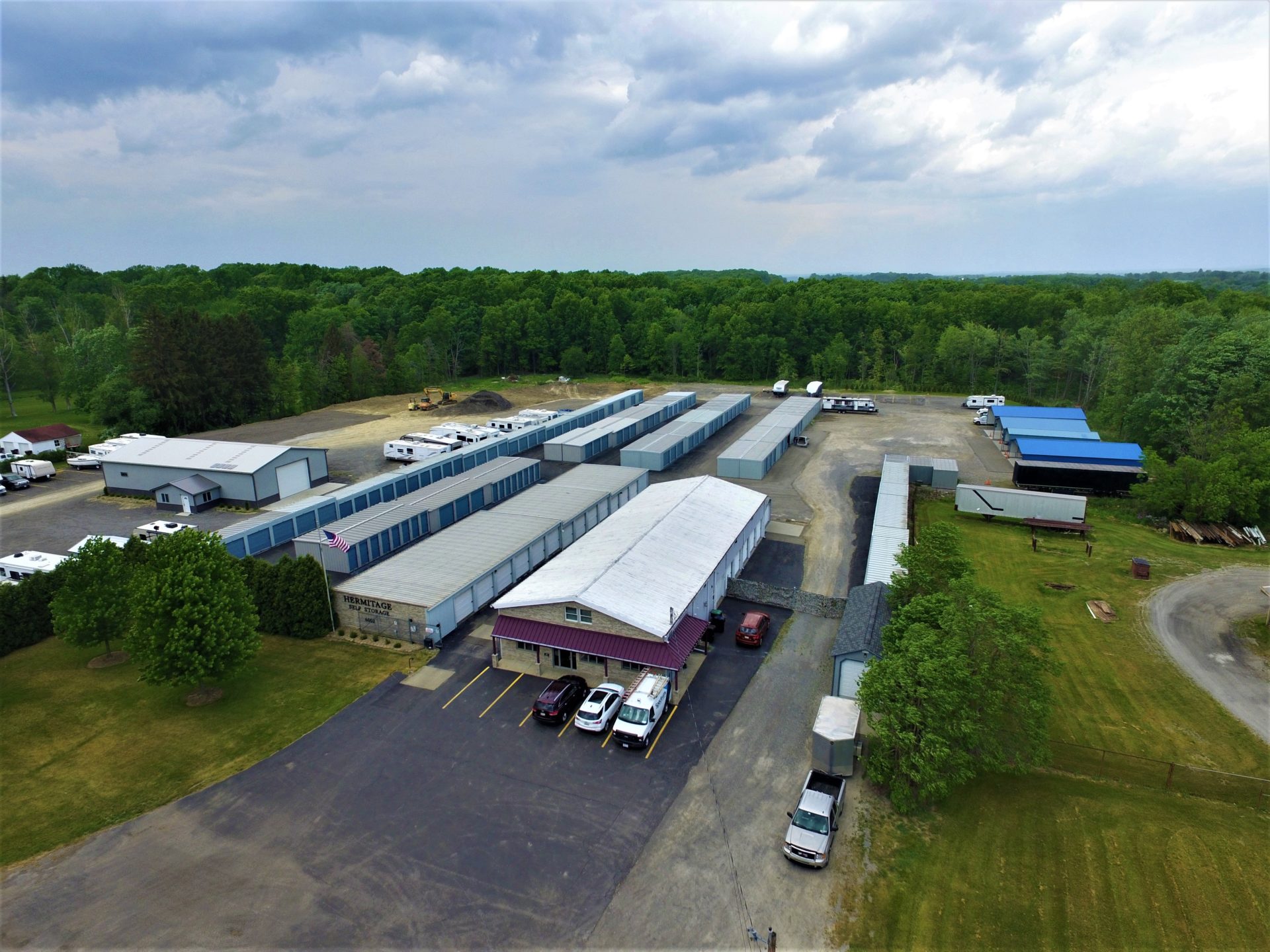Choosing the Best Self-Storage Unit Mix

Creating the ideal layout and unit mix is one of the most crucial aspects of developing a storage facility. You’ll need to determine where buildings should be placed and what mix of sizes your storage units should be. By finding the right self-storage facility layout, you can increase your business’s profits.
Importance of Self-Storage Design Layout
Your facility needs the right assortment of unit sizes to maximize rentable square footage. Generally speaking, the more storage space available, the greater your rental opportunities and potential profits.
It’s also important to consider your target market. You can gain a competitive advantage by designing a facility tailored to your market’s unique needs.
Self-Storage Facility Design Tips
Deciding on the right facility layout and unit mix can be challenging. While there’s no one-size-fits-all solution for finding your perfect unit mix, there are a few tips you can follow to optimize your storage facility design:
1. Conduct a Market Study
Conduct a market study to identify details about competitor facilities, including their size, rental rates, location and occupancy. You can use this information to identify shortcomings in the current market and design your units to fill those gaps.
2. Evaluate Demographics
An ideal layout and unit mix reflects the needs of potential tenants in the area. For example, you may want to include more large units in your design if your market has a higher percentage of homeowners, as they often require more storage space than renters.
3. Consider the Climate
If your facility is located in an area that experiences extreme temperatures or high levels of humidity, your customers may be looking for climate-controlled storage units. Even in areas with moderate climates, humidity-controlled units are often popular with storage unit tenants, as they protect their belongings from the damaging effects of moisture.
3. Determine Your Ratio of Residential vs. Commercial Units
The ratio of residential to commercial units will also affect your mix. Most facilities have 75% residential tenants and 25% commercial tenants, but these ratios can vary from market to market.
4. Use Space Efficiently
Generally speaking, you want to maximize your facility’s rental areas and minimize common areas like access corridors, office space and lobbies. However, you must also consider what will benefit your customers. For example, narrow corridors may make it difficult for your tenants to move their belongings. Instead, focus on minimizing the linear feet of your corridors on each floor to save space rather than making them more narrow.
5. Make Your Layout Convenient
You want to make your facility layout as convenient for your customers as possible. For example, your layout should minimize the number of turns required from an elevator to the storage units. An ideal layout requires only two turns.
Contact Investment Real Estate, LLC to Buy or Sell a Self-Storage Facility
If you’re interested in buying or selling a self-storage facility in the mid-Atlantic or Northeast, get in touch with IRE today. We specialize in the self-storage market, offering comprehensive services for buyers and sellers.

